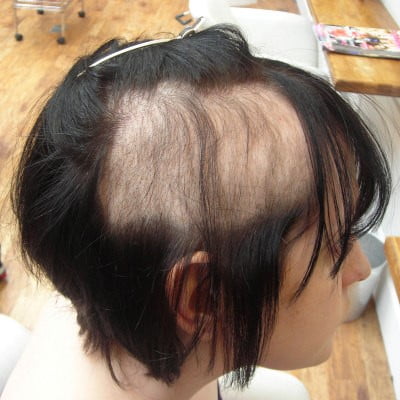You are never unsolved to avoid the social and psychological adverse effects of this condition.
The system we apply will provide a very natural look and even see with your own eyes and you will be surprised. You will take a shower, swim in the sea and perform your social activities without any problems.
We’re a click away. Make an appointment, let us examine the size of your problem together and find solutions to reconcile you with life.
Connect to life with Onna Hair expertise and breatⓗtec™ quality.





